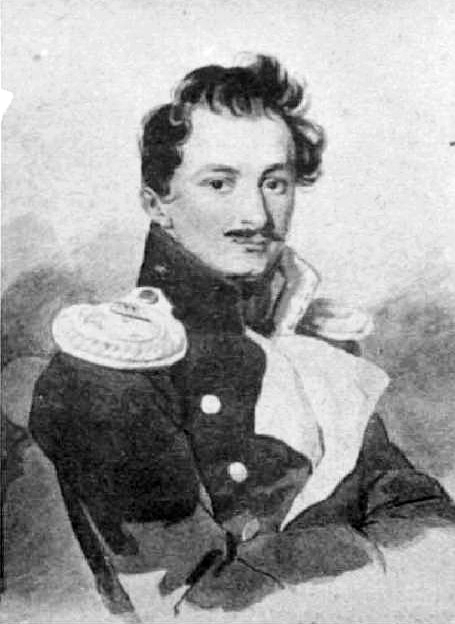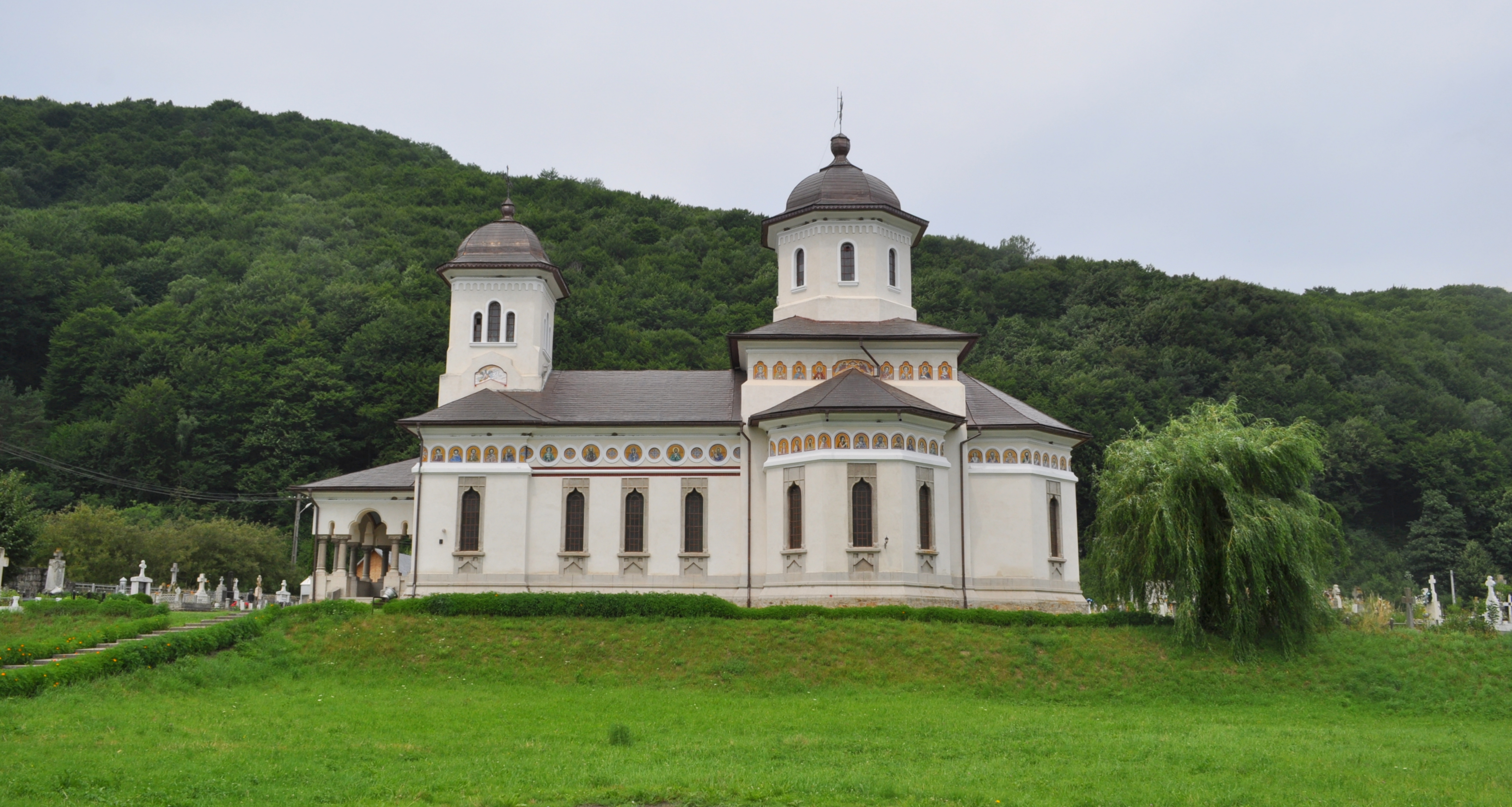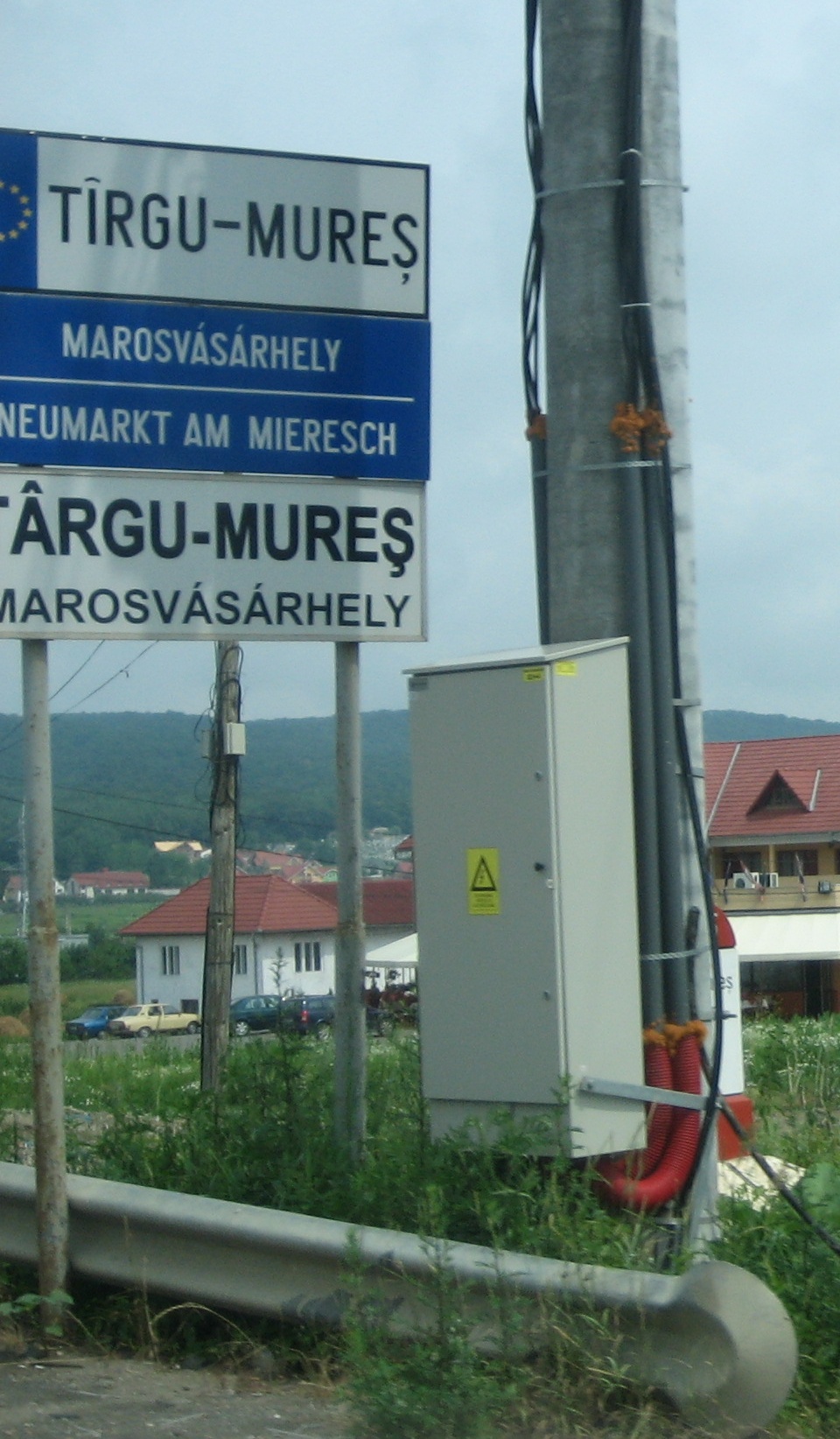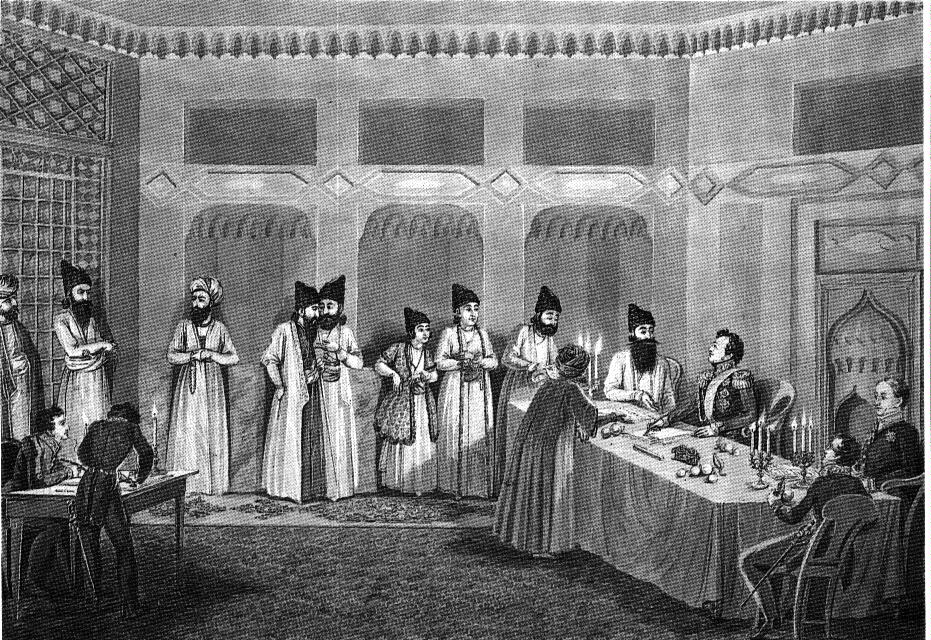|
Battle Of Segesvár
The Battle of Segesvár (Transylvania, now Sighișoara, Romania), also called the Battle of Fehéregyháza, was a battle in the Hungarian Revolution of 1848, fought on 31 July 1849 between the Hungarian revolutionary army under the command of Lieutenant General Józef Bem and the Russian V Corps under General Alexander von Lüders. The battle ended with the victory of the Russian army, which was presumably the death location of Hungarian poet and national hero Sándor Petőfi, though his body was never found. Furthermore, The Chief of Staff Russian V corps, General Grigory Skariatin was killed at the battle. Although heavy, the defeat was not decisive for the Hungarian army of Transylvania, Lieutenant General Józef Bem continuing his resistance in this province until the Battle of Nagycsűr from 6 August 1849. Background Between 20–21 July, after several battles, Lieutenant General Józef Bem chased out the Austrian corps of Transylvania commanded by General Eduard Clam- ... [...More Info...] [...Related Items...] OR: [Wikipedia] [Google] [Baidu] |
Hungarian Revolution Of 1848
The Hungarian Revolution of 1848 or fully Hungarian Civic Revolution and War of Independence of 1848–1849 () was one of many European Revolutions of 1848 and was closely linked to other revolutions of 1848 in the Habsburg areas. Although the revolution failed, it is one of the most significant events in Hungary's modern history, forming the cornerstone of modern Hungarian national identity. In April 1848, Hungary became the third country of Continental Europe (after France (1791), and Belgium (1831)) to enact law about democratic parliamentary elections. The new suffrage law (Act V of 1848) transformed the old feudal parliament ( Estates General) into a democratic representative parliament. This law offered the widest suffrage right in Europe at the time. The crucial turning point of events was when the new young Austrian monarch Franz Joseph I arbitrarily revoked the April laws (ratified by King Ferdinand I) without any legal competence. This unconstitutional act irrever ... [...More Info...] [...Related Items...] OR: [Wikipedia] [Google] [Baidu] |
Moldova
Moldova ( , ; ), officially the Republic of Moldova ( ro, Republica Moldova), is a Landlocked country, landlocked country in Eastern Europe. It is bordered by Romania to the west and Ukraine to the north, east, and south. The List of states with limited recognition, unrecognised state of Transnistria lies across the Dniester river on the country's eastern border with Ukraine. Moldova's Capital city, capital and largest city is Chișinău. Most of Moldovan territory was a part of the Principality of Moldavia from the 14th century until 1812, when it was Treaty of Bucharest (1812), ceded to the Russian Empire by the Ottoman Empire (to which Moldavia was a Vassal state of the Ottoman Empire, vassal state) and became known as Bessarabia. In 1856, southern Bessarabia was returned to Moldavia, which three years later united with Wallachia to form United Principalities, Romania, but Russian rule was restored over the whole of the region in 1878. During the 1917 Russian Revolution, B ... [...More Info...] [...Related Items...] OR: [Wikipedia] [Google] [Baidu] |
Miercurea Ciuc
Miercurea Ciuc (; hu, Csíkszereda, ; german: Szeklerburg) is the county seat of Harghita County, Romania. It lies in the Székely Land, a mainly Hungarian-speaking ethno-cultural region in eastern Transylvania, and is situated in the Olt River valley. The city administers three villages: * Ciba / Csiba * Harghita-Băi / Hargita-fürdő * Jigodin-Băi / Zsögöd-fürdő, including Jigodin / Csíkzsögöd Demographics According to the census of 2011, there were 37,980 people living in the city. Of this population, 81.39% are ethnic Hungarians, while 17.4% are ethnic Romanians, 0.9% are ethnic Romani, and 0.33% declare other nationalities. According to the census of 2002, there were 42,029 people living in the city. Of this population, 81.75% are ethnic Hungarians, while 17.3% are ethnic Romanians, 0.62% are ethnic Romani and 0.33% declare other nationalities. ''Demographic movements according to census data:'' Colors= id:lightgrey value:gray(0.9) id:darkgrey value: ... [...More Info...] [...Related Items...] OR: [Wikipedia] [Google] [Baidu] |
Oituz
Oituz (formerly ''Grozești''; hu, Gorzafalva) is a commune in Bacău County, Western Moldavia, Romania. It is composed of six villages: Călcâi (''Zöldlonka''), Ferestrău-Oituz (''Fűrészfalva''), Hârja (''Herzsa''), Marginea, Oituz and Poiana Sărată (''Sósmező''). Oituz was the site of three battles during the First World War: the First, Second, and the Third Battle of Oituz. According to Iorgu Iordan, the commune's name is of Turkic origin; ''otuz'' or ''oltuz'' means "thirty" in some Turkic languages. Poiana Sărată village is part of Transylvania;''Memoriile Secțiilor Științifice'', Romanian Academy, series IV, vol. XXVII, p.171. in Austria-Hungary, it belonged to Háromszék County, and after a reorganization to Trei Scaune County in Romania until 1950. Demographics At the 2002 census, 99.8% of inhabitants were ethnic Romanians and 0.2% Hungarians. 49.2% were Romanian Orthodox, 48.9% Roman Catholic and 1.8% Seventh-day Adventist. Natives *Eugen Cristescu (1 ... [...More Info...] [...Related Items...] OR: [Wikipedia] [Google] [Baidu] |
Târgu Mureș
Târgu Mureș (, ; hu, Marosvásárhely ) is the seat of Mureș County in the historical region of Transylvania, Romania. It is the List of cities and towns in Romania, 16th largest Romanian city, with 134,290 inhabitants as of the 2011 Romanian census, 2011 census. It lies on the Mureș (river), Mureș River, the second longest river in Romania (after the Danube). Names and etymology The current Romanian language, Romanian name of the city, ''Târgu Mureș'', is the equivalent of the Hungarian language, Hungarian ''Marosvásárhely'', both meaning "market on the Mureș (river), Mureș (Maros) [River]". ''Târg'' means "market" in Romanian and ''vásárhely'' means "marketplace" in Hungarian. Local Hungarians often shorten ''Marosvásárhely'' to ''Vásárhely'' in speech. The Society of Jesus, Jesuit priest Martin Szentiványi provides the first known written reference naming the city; in his work ''Dissertatio Paralipomenonica Rerum Memorabilium Hungariae'' (written in 1699 ... [...More Info...] [...Related Items...] OR: [Wikipedia] [Google] [Baidu] |
Odorheiu Secuiesc
Odorheiu Secuiesc (; hu, Székelyudvarhely, ; german: Odorhellen) is the second largest municipality in Harghita County, Transylvania, Romania. In its short form, it is also known as ''Odorhei'' in Romanian and ''Udvarhely'' in Hungarian. The Hungarian name of the town "Udvarhely" means "courtyard place". Demographics The city has a population of 34,257. Among those for whom data are available, 95.8% are ethnic Hungarians, making it the urban settlement with the third-highest proportion of Hungarians in Romania. The city is also home to communities of ethnic Romanians (2.6%) and Roma (1.5%). Half the population of the town professes Roman Catholicism (50.05%), while the remaining half is primarily divided between Hungarian Reformed (30.14%), Unitarian (14.71%), and Romanian Orthodox (2.54%) communities. History A Roman fortress was found under the ruins of a medieval fort in the centre of the town. A funeral inscription was also found placed by the veteran, Aelius Equester ... [...More Info...] [...Related Items...] OR: [Wikipedia] [Google] [Baidu] |
Mureș (river)
The Mureș (; hu, Maros, ; sr, script=Cyrl, Мориш, Moriš) is a river in Eastern Europe. Its drainage basin covers an area of .Analysis of the Tisza River Basin 2007 IPCDR It originates in the Hășmașu Mare Range in the Eastern , |
Ivan Paskevich
Count Ivan Fyodorovich Paskevich-Erevansky, Serene Prince of Warsaw (russian: Ива́н Фёдорович Паске́вич-Эриванский, светлейший князь Варшавский, tr. ; – ) was an Imperial Russian military leader of Cossack origin who was the Namiestnik of Poland. Paskevich is known for leading Russian forces in Poland during the November uprising The November Uprising (1830–31), also known as the Polish–Russian War 1830–31 or the Cadet Revolution, was an armed rebellion in the heartland of partitioned Poland against the Russian Empire. The uprising began on 29 November 1830 in W ... and for a series of leadership roles throughout the early and mid-19th century, such as the Russo-Persian War (1826–28) and the beginning phase of the Crimean War. Paskevich started as an officer during the Napoleonic wars serving in the battles of Battle of Austerlitz, Austerlitz and Battle of Borodino, Borodino. After the war, he was a le ... [...More Info...] [...Related Items...] OR: [Wikipedia] [Google] [Baidu] |
Field Marshal
Field marshal (or field-marshal, abbreviated as FM) is the most senior military rank, ordinarily senior to the general officer ranks. Usually, it is the highest rank in an army and as such few persons are appointed to it. It is considered as a five-star rank (OF-10) in modern-day armed forces in many countries. Promotion to the rank of field marshal in many countries historically required extraordinary military achievement by a general (a wartime victory). However, the rank has also been used as a divisional command rank and also as a brigade command rank. Examples of the different uses of the rank include Austria-Hungary, Pakistan, Prussia/Germany, India and Sri Lanka for an extraordinary achievement; Spain and Mexico for a divisional command ( es, link=no, mariscal de campo); and France, Portugal and Brazil for a brigade command (french: link=no, maréchal de camp, pt, marechal de campo). Origins The origin of the term dates to the early Middle Ages, originally meaning ... [...More Info...] [...Related Items...] OR: [Wikipedia] [Google] [Baidu] |
Julius Jacob Von Haynau
Julius Jakob Freiherr von Haynau (14 October 1786 – 14 March 1853) was an Austrian general who suppressed insurrectionary movements in Italy and Hungary in 1848 and later. While a hugely effective military leader, he also gained renown as an aggressive and ruthless commander. His soldiers called him the "Habsburg Tiger"; those opponents who suffered from his brutality called him the " Hyena of Brescia" and the " Hangman of Arad". Early life and education Born in Kassel, Julius Jacob von Haynau was the illegitimate son of Rosa Dorothea Ritter, and William I (1743-1821), the landgrave (later elector) of Hesse-Kassel. He was born after his father's return with his wife and family to Hesse-Kassel after 20 years in Denmark. His father acknowledged this natural son, providing for his education and entry into the military officer corps as a cadet. In 1800, Julius Jacob and his siblings were granted the title of '' Freiherren/Freiinnen von Haynau''. Marriage and family After several ye ... [...More Info...] [...Related Items...] OR: [Wikipedia] [Google] [Baidu] |
Lieutenant Field Marshal
Lieutenant field marshal, also frequently historically field marshal lieutenant (german: Feldmarschall-Leutnant, formerly , historically also and, in official Imperial and Royal Austrian army documents from 1867 always , abbreviated ''FML''), was a senior army rank in certain European armies of the 17th to 20th centuries. It emerged as the rank of field marshal (german: Feldmarschall) came to be used for the highest army commander in the 17th century (having originally been the equivalent of a cavalry colonel). In German-speaking countries the commander-in-chief usually appointed an "under marshal" () or "lieutenant field marshal" to support and represent the field marshal. Amongst his functions as the personal deputy to the field marshal, were the supervision of supply depots and routes, and inspection of the guards. Austria It was introduced to the Army of the Austrian Empire in the period 1804 to 1866, and the Austro-Hungarian Army from 1867 to 1918, where it was the secon ... [...More Info...] [...Related Items...] OR: [Wikipedia] [Google] [Baidu] |
Turnu Roșu Pass
Turnu Roșu Pass ( ro, Pasul Turnu Roșu, hu, Vöröstoronyi-szoros, german: Roter-Turm-Pass, tr, Kızılkule Geçidi, all of these names meaning ''Red Tower Pass'' in the respective languages) is a mountain pass in the Romanian Carpathians, connecting Vâlcea County (Wallachia) and Sibiu County (Transylvania). It is formed by the Olt River flowing southwards from Transylvania to Wallachia through the Southern Carpathians The Southern Carpathians (also known as the Transylvanian Alps; ro, Carpații Meridionali ; hu, Déli-Kárpátok) are a group of mountain ranges located in southern Romania. They cover the part of the Carpathian Mountains located between the Pr .... Mountain passes of Romania Mountain passes of the Carpathians {{Romania-geo-stub ... [...More Info...] [...Related Items...] OR: [Wikipedia] [Google] [Baidu] |






